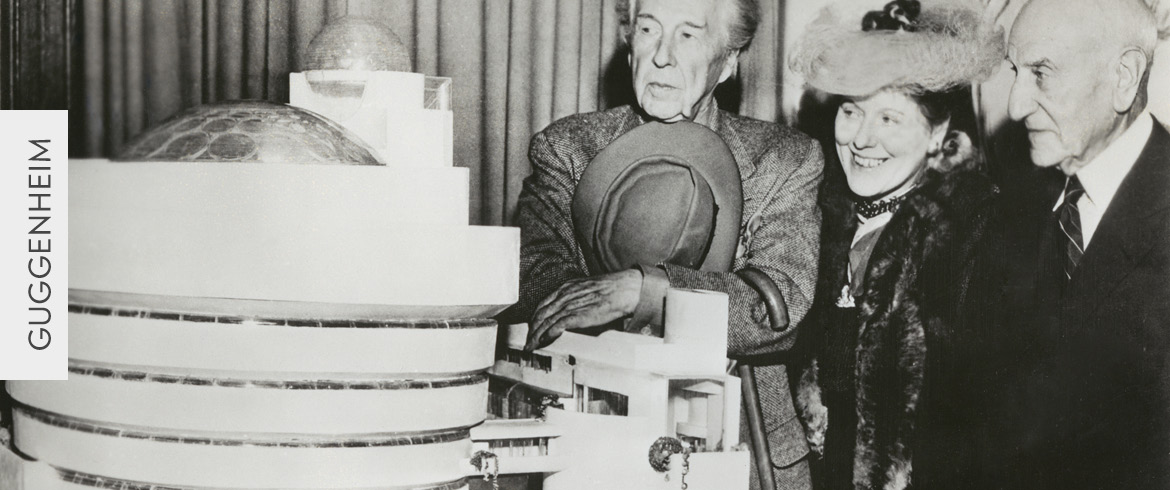| 1894 | Born Janos Albok in Munkacs, Hungry, November 21. Eldest of eleven children. |
| 1904 | Works in father's tailor shop at age eight. |
| 1907 | Exchanges binoculars for Kodak Brownie box camera. Builds a darkroom in the basement of the family home. Begins apprenticeship with master tailor. |
| 1911 | Travels to Debrecen, Hungary to enroll in a master tailor's school. Receives large silver medal for most outstanding student. |
| 1917 | Inducted into the Hungarian Army. Continues his interest in photography by documenting prison life with a folding camera with a double anastigmatic lens. All but one of the photographs was exhibited, never to be returned to him. |
| 1919 | Father and two sisters die during the war. |
| 1921 | Immigrates to America at the age of twenty-six and settles in New York City. At Ellis Island, his baggage contains a pair of tailor shears, violin, and a 5x7 wooden camera. |
| 1923 | Establishes John Albok-Merchant Tailor, a one-man tailor shop on Madison Avenue, between 96th and 97th Streets. |
| 1924 | Marries Ilona Kiss. Lives a few blocks away from the tailor shop at 112th Street and Madison Avenue. |
| 1925 | First and only child, Ilona is born. Purchases a 16mm Simplex Pocket movie camera. Moves to a new apartment at 50 E. 96th Street. |
| 1927 | Business thrives. Moves to a new six room apartment at 1391 Madison Avenue. |
| 1929 | Wins First Prize in the Eastman Kodak Amateur Picture Contest for his portrait of daughter Ilona taken with the 5x7 camera brought from Hungary. |
| 1930 | Depression strikes. Forced to close the Madison Avenue tailor shop. Works as a tailor and portrait photographer out of two rooms in the ground floor apartment at 1391 Madison Avenue. |
| 1932 | Reopens the tailor shop at 1391 Madison Avenue, which doubles as an art gallery. In the evenings behind closed curtains it becomes a social club for artists, musicians, and writers. |
| 1933 | Triple prize winner of "Daily Snapshot Contest" sponsored by Chrysler Tower Corp. and the "Daily Mirror." |
| 1938 | First one-person exhibition, "Faces of the City" at the Museum of the City of New York, curated by Grace Mayer. Wins fifteen prizes in the prestigious "New York Herald Tribune" Amateur Photo Contest between the years 1938 and 1942. Opens "World's Fair Studio" a portrait studio on 96th St. between Lexington and Park Avenue. Lectures are presented in the evenings. Purchases a 16mm Bell and Howell camera. Moves his family to an apartment above the tailor shop. |
| 1939 | Invited to exhibit and lecture at The Rockefeller Center Camera Club at Radio City Music Hall. Roams the streets with the movie camera producing a body of work concerning the labor movement. Produces a portfolio of work on the New York World's Fair, comprising nearly 200 prints, and approximately 300 medium format, black and white negatives. |
| 1950-1960 | Continues selling portraiture, along with tailoring. Concentrates on photographing large areas of New York City such as Rockefeller Center and Central Park. |
| 1960's | CBS discovers Albok's work, and subsequently produces a documentary of Albok's photographs; "John Albok's New York" receives an Emmy nomination, and the Cine Golden Eagle Award in Washington, D.C. Many prints are acquired during these years by museums and private collectors. Sales to Coronet, Esquire, Seagram's, Rand McNally, MacMillan Publishing Co., and others. |
| 1966 | One-person exhibition, "Through the Eye of a Needle," organized by CBS for the International Photography Fair at the New York Coliseum. International venue of "John Albok's New York" includes Italy, Scotland, England, Egypt, and Germany. Group exhibition, "Camera Out of Doors, at the Metropolitan Museum of Art. |
| 1970 | At the request of Hungarian People's Republic's Ambassador, Albok attends the laying of the wreath at the NYC grave of Bela Bartok, the great Hungarian composer. Albok's photographs of this event are published in the Budapest newspaper, "Magyar Hirek." |
| 1973-75 | One-person exhibition, "New York City During the Roosevelt Years, 1933-1945, at the Franklin D. Roosevelt Library, Hyde Park, NY. |
| 1976 | One-person exhibition, "The Hungarian Chronicler," at Magyar Munkasmozgalmi Museum, the worker's museum in the Budavari Palace, Budapest, Hungary. |
| 1977 | One-person exhibition at the Pratt Institute-School of Art and Design, Brooklyn, NY. |
| 1979 | "John Albok-Merchant Tailor," a Swedish documentary film, is produced and receives recognition in Cannes, France at the Television Fair. "Those Golden Years," another Swedish documentary, portrays Albok as a senior citizen, broadcast on PBS-WNET channel. 13. |
| 1980 | Two-person exhibition, "New York in the Thirties-Faces and Facades," with Berenice Abbott, organized by the Museum of the City of New York, makes a debut in Berlin and later in Heidelberg, Germany. |
| 1981 | Retires from the tailor shop due to failing health. |
| 1982 | Retrospective exhibition, "Tailored Images," opens at the Museum of the City of New York. One hundred-forty images are featured, co-curated by daughter Ilona. John Albok dies at age 87 on January 9, one day before the opening of his tribute exhibition. Eulogized nationwide by Charles Kuralt. |
| 1982 to present | Posthumous credits include thirty one-person and group exhibitions, and numerous inclusions in periodicals and journals, and publications by museums and galleries. |
| 1994 | "John Albok's New York: A Personal Vision" Laurence Miller Gallery, New York. October 27-December 3, 1994. |
| 1997 | "Through the Eye of the Needle," retrospective exhibition at Budapest Gallery, Hungary. Approximately 120 photographs. Catalog published in conjunction with the exhibit. |
| 1998 | "New York: A Sidewalk View: John Albok, Helen Levitt, Walter Rosenblum," at Photographs Do Not Bend Gallery, Dallas, Texas. May 1-June 13, 1998. |


